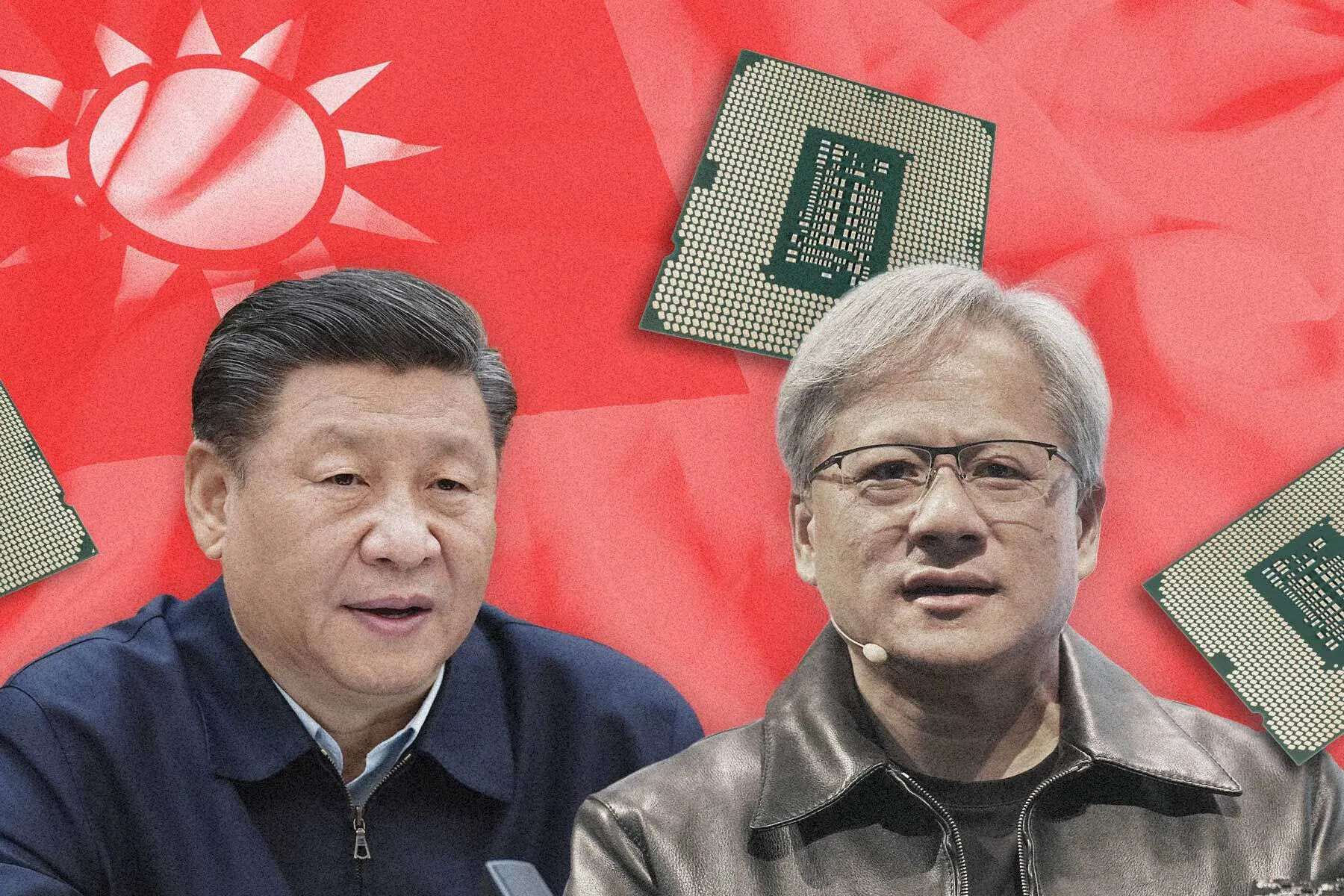Introduction
Recent reports suggest that the latest US export ban has the potential to significantly impact NVIDIA, forcing the company to cancel over $5 billion worth of advanced artificial intelligence (AI) chip orders scheduled for 2024.
In this blog post, we’ll explore the details of this development and its potential implications for NVIDIA, its Chinese customers, and the global AI industry.
The Ban and Its Impact
The Wall Street Journal (WSJ) published an exclusive report, citing unnamed sources, indicating that NVIDIA had already completed its shipments of AI advanced chips to its Chinese customers this year.
The original plan was to accelerate shipments of a portion of the 2024 orders ahead of the mid-November implementation of the new export ban.
Chinese tech giants such as Alibaba, ByteDance (the parent company of TikTok), and Baidu had placed substantial orders, with the combined 2024 orders from Chinese major players exceeding $5 billion.
However, as soon as the new ban was announced, NVIDIA halted the acceptance of any new advanced AI chip orders from China.
The company initially aimed to fulfill a portion of the previous orders within the 30-day buffer period before the ban took effect, but the ban’s early enforcement disrupted these plans.
NVIDIA had not prioritized the production of downgraded versions, A800 and H800 chips, designed specifically for China, intending to boost their sales in 2024.
Read More: What are the Key Regulatory Changes by US in the Expanded Ban to China?
Possible Alternatives and Implications
In the weeks leading up to the ban announcement, some Chinese companies reportedly approached NVIDIA to increase their procurement of L40S GPU chips.
Industry speculation likely prompted this move due to the potential export ban by the United States on A800 and H800 chips.
However, the L40S, while suitable for certain operational tasks, may not serve as a direct replacement for A800 and H800, primarily designed for AI systems.
The latest export ban from Washington extends its reach to include not only NVIDIA but also industry giants like Intel and AMD, covering a broad range of high-performance AI and data center chips.
This development has the potential to impede China’s progress in the AI sector.
Bernstein Research estimates that the ban on NVIDIA’s “V100” chips introduced in 2017 could lead to a 30% increase in the cost of training AI systems.
This increased cost results from the need for more chips and, consequently, higher energy consumption.
Read More: How Huawei Could be a Winner in US Ban of Nvidia GPUs?
Conclusion
The early enforcement of the US export ban on advanced AI chips is set to pose significant challenges for both NVIDIA and its Chinese customers.
As the ban disrupts supply chains and leads to increased costs, it may have far-reaching consequences for the global AI industry.
The extent of these implications will become clearer as the situation develops. Stay tuned for updates on how this export ban may reshape the landscape of the AI chip market.
Reference: WSJ




